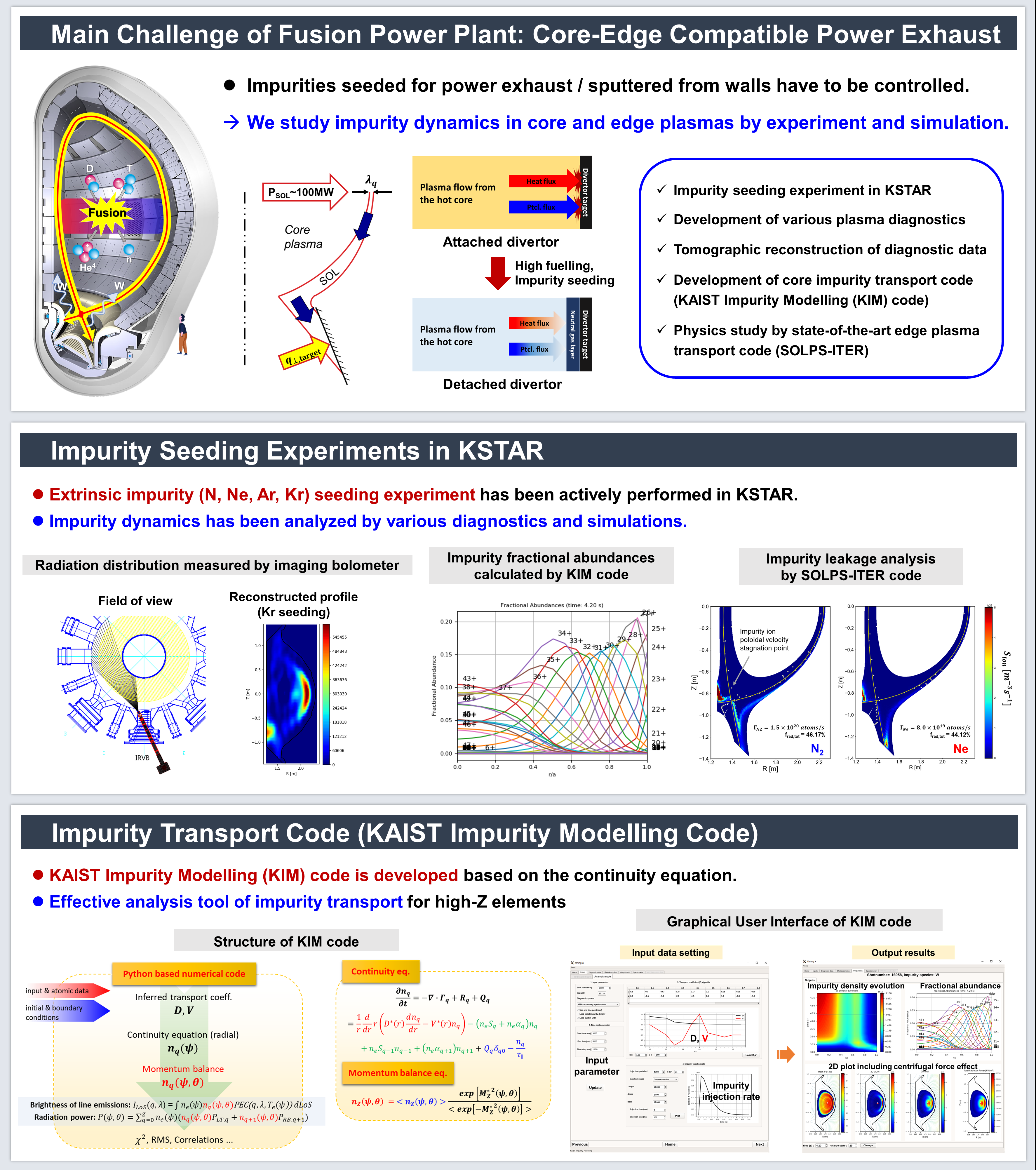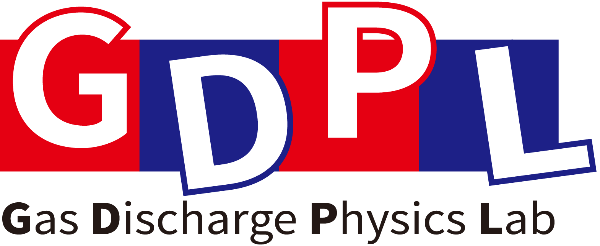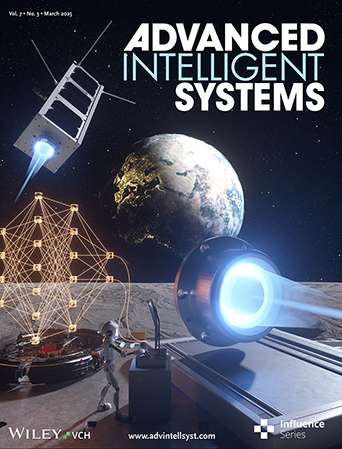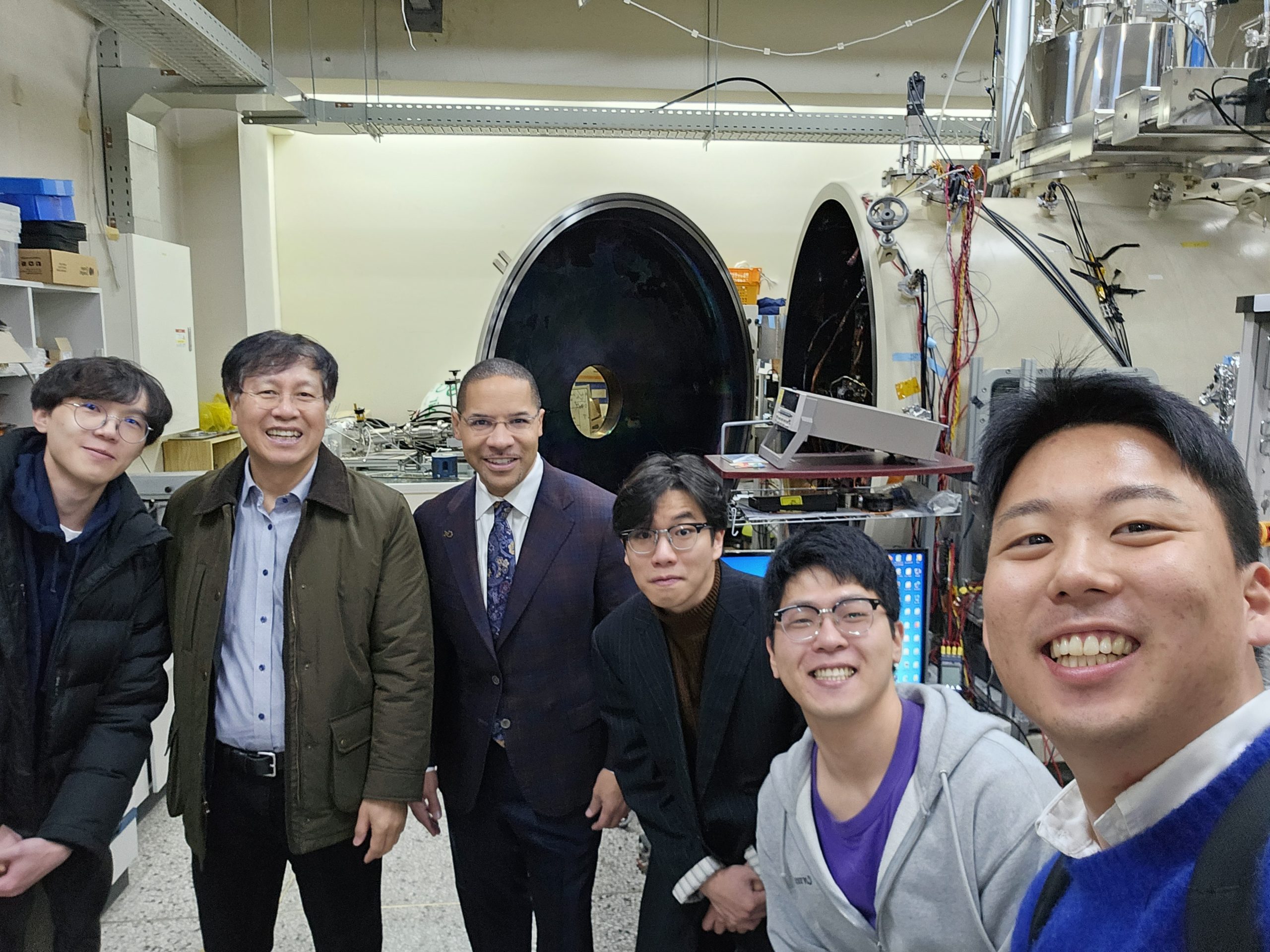Nuclear fusion
Focused on physics of impurity transport and edge plasma in tokamaks
electric propulsion
Advanced plasma propulsion research for space exploration
atmospheric plasma
Development of advanced plasma source and fundamental physics study
About us
We are actively conducting research in diverse plasma fields.
This includes research on fully ionized high-temperature fusion plasma, weakly ionized low-temperature atmospheric pressure plasma, and plasma propulsion for space missions.
Plasma is a state where electrically neutral atoms or molecules are separated into electrons and ions, possessing various electromagnetic properties.
Research Highlight
Stabilization of liquid instabilities with ionized gas jets
Gas jets impinging on a liquid can form a cavity on the surface of the liquid body. The depth of these cavities become deeper with increasing gas jet speed; however, the depth is limited by several instabilities such as bubbling (Rayleigh instability) and splashing (Kelvin-Helmholtz instability). We have demonstrated that weakly ionized plasma jets can greatly enhance the stability of such cavities. The increased stability of the cavity is due to electrohydrodynamic (EHD) forces, which come from the charges and electric field in the plasma jet. The EHD force can increase the total stabilizing force in such cavities by up to 48%, compared to pure gas jets. This work was published in Nature. https://doi.org/10.1038/s41586-021-03359-9
Research Highlight
Data-Driven Approach to Predicting Hall Thruster Efficiency
This study presents a machine learning-based methodology for precisely forecasting the performance of Hall thrusters—vital components in space propulsion and industrial ion beam systems. Leveraging an ensemble of neural networks trained on 18,000 experimentally validated simulation datasets, the approach delivers highly accurate predictions of thrust and discharge current. This advancement facilitates the accelerated design and optimization of high-efficiency thrusters, significantly reducing development time. This work was published in Advanced Intelligent Systems. https://doi.org/10.1002/aisy.202570011
Latest news
GDPL Story 🙂
Research
Nuclear Fusion

Electric Propulsion

Atmospheric Pressure Plasma

contact
Rm. 6110, N27 (Eureka) KAIST, Daejeon, Republic of Korea
한국과학기술원 유레카관(N27) 6110호
webmaster: jaehongpark@kaist.ac.kr







